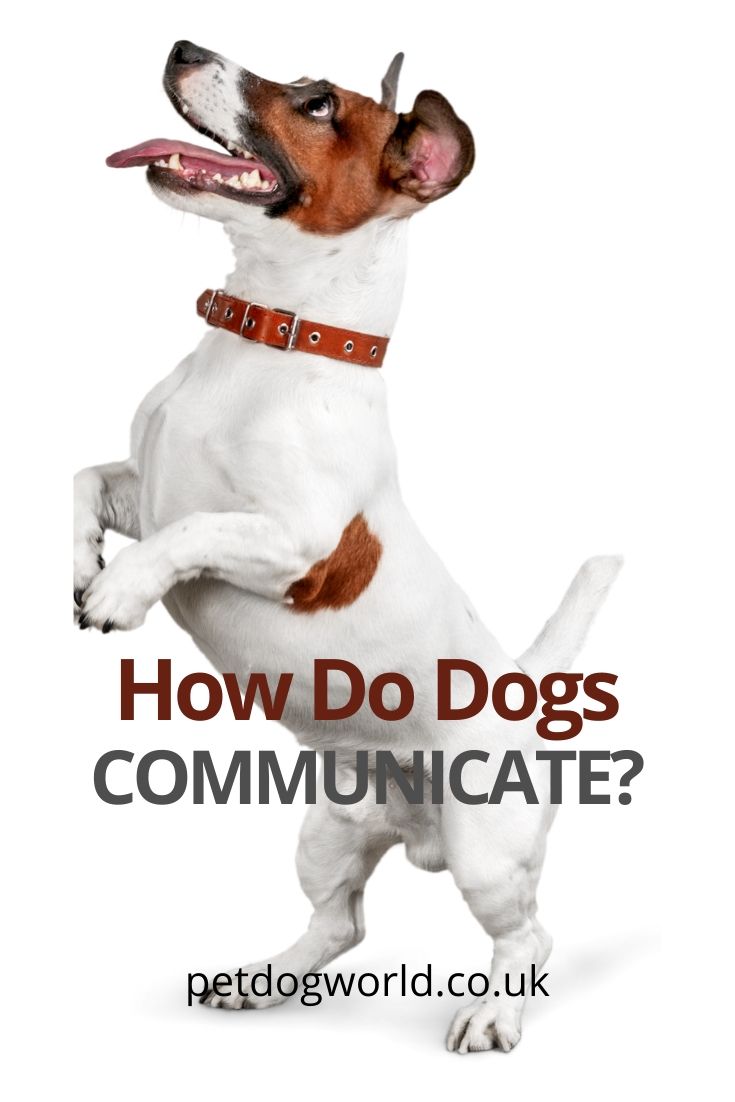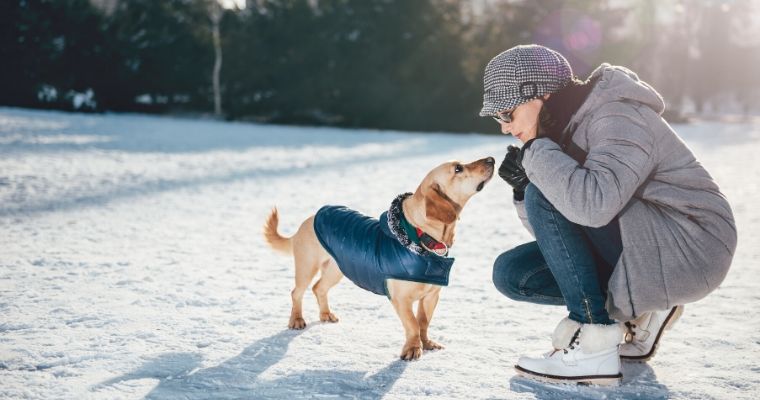
Experts believe that the connection between man and dog has been around for over 10,000 years, dating back to South China, who may have had the first domesticated dogs. And as we evolved over that span, so has our connection with our canine friends. And most importantly, how they communicate with us* and each other.
Dog Communication Signals
Beyond the obvious tail wagging or low barking from our pets, they communicate in a variety of ways to let us know how they are feeling. Between each other, a dog will use various techniques to learn about another dog. This may include sniffing the face or the bottom of another dog to learn their scent, how the ears are positioned, and even body language. A pensive dog will tend to keep the ears back, body tight and rigid, and may even growl if it feels unease.
Through domestication, humans and dogs have learned to communicate visually. Auditory and sensory training allows us to train and signal our dogs to understand our behaviours. Gestures with our hands, and using our eyes to direct a dog’s attention. Much like a toddler, our dogs learn and adapt by watching for signals.

Dog Communication Sounds
Barking is the most obvious way we watch
dogs communicate with each other. They share their feelings about the world
around them, through different levels of barking and howling, and each is very
different. A dog that feels threatened may bark in a lower and slower pitch,
whereas a dog that has a rising bark may just be looking to play and have some
fun. And if a dog is howling, that may mean it’s lonely, or hearing something
we as humans do not. Another dog, maybe, or a train somewhere in the distance.
Between dogs and humans, similar methods
are used to indicate their needs. One or two high pitched barks may signal that
the dog is happy to see you, or is greeting someone friendly into your home. Or
maybe you’ve heard your dog yelp because you accidentally stepped on its paw.
That’s the way they “talk” to you.
Dog Body Language
Dogs don’t hide how they feel. You can almost always tell how they feel about another dog by looking at their body language*. Hair raised on the back might signal fear or possible aggression. Or maybe they nudge the muzzle of the other dog, showing respect and acceptance for the more dominant canine.
Between humans and dogs, we notice the
signs a little differently. A dog will nuzzle up to its owner as a sign of
affection. A paw on the knee might signal that they want to play. Or even
during times of grief, our canine companions will often be near us, offering
affection because they don’t like to see us upset. They may even stare, or push
their butt against you as a sign that they want your love and attention.
Thousands of years living together have brought humans and dogs closer together. We learn from their gestures and behaviours. We train and discipline through pointing and vocal cues. And yet we still marvel and wonder at what our favourite companions might be thinking. But all of this time together has taught us that if we just watch closely, and learn about our pets, we may be able to understand them just a little bit better.

